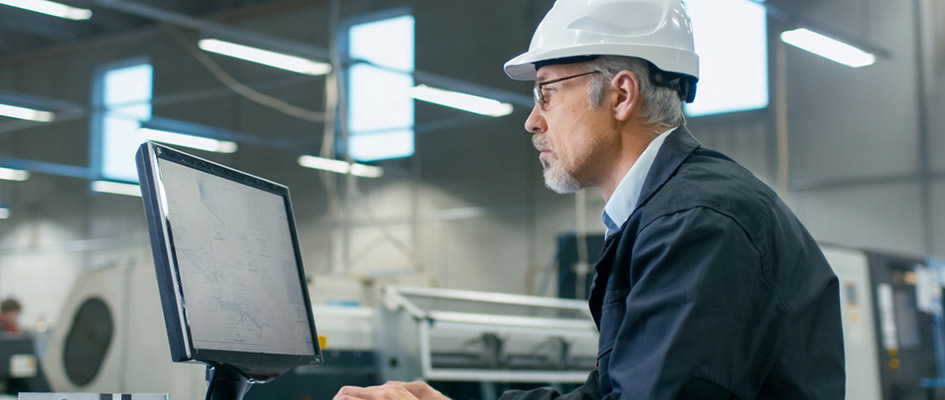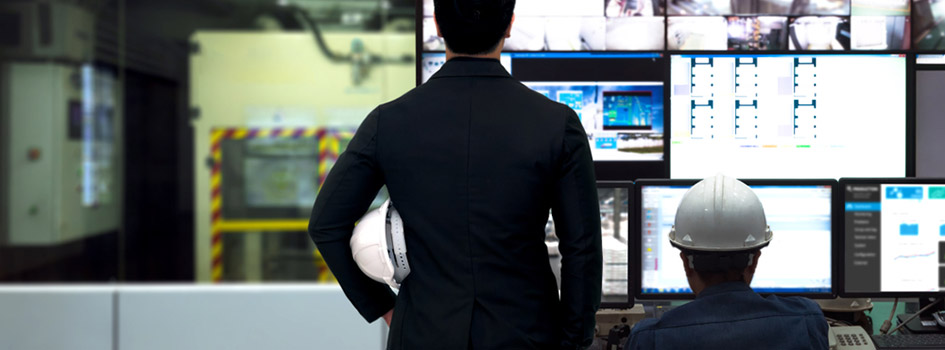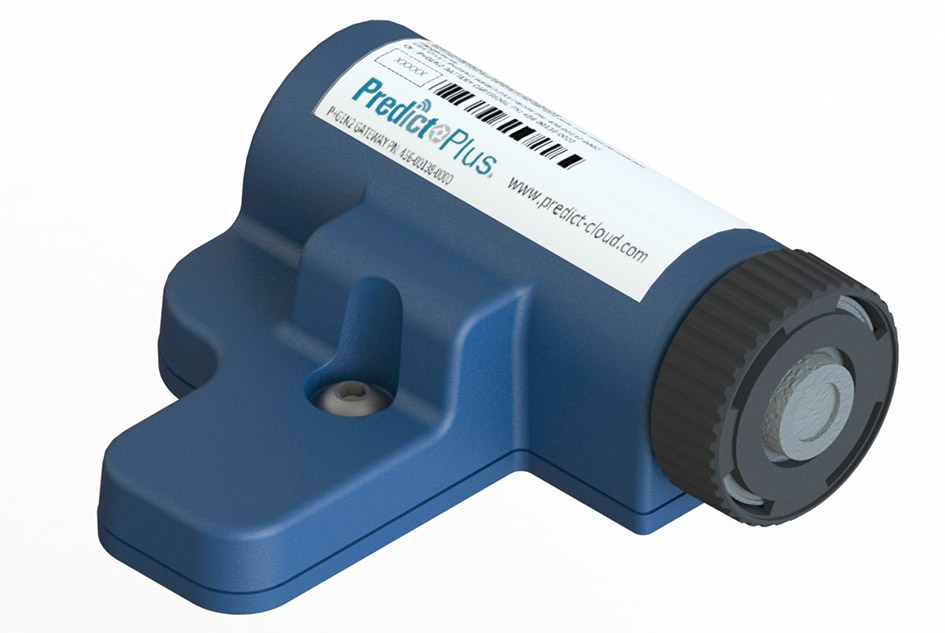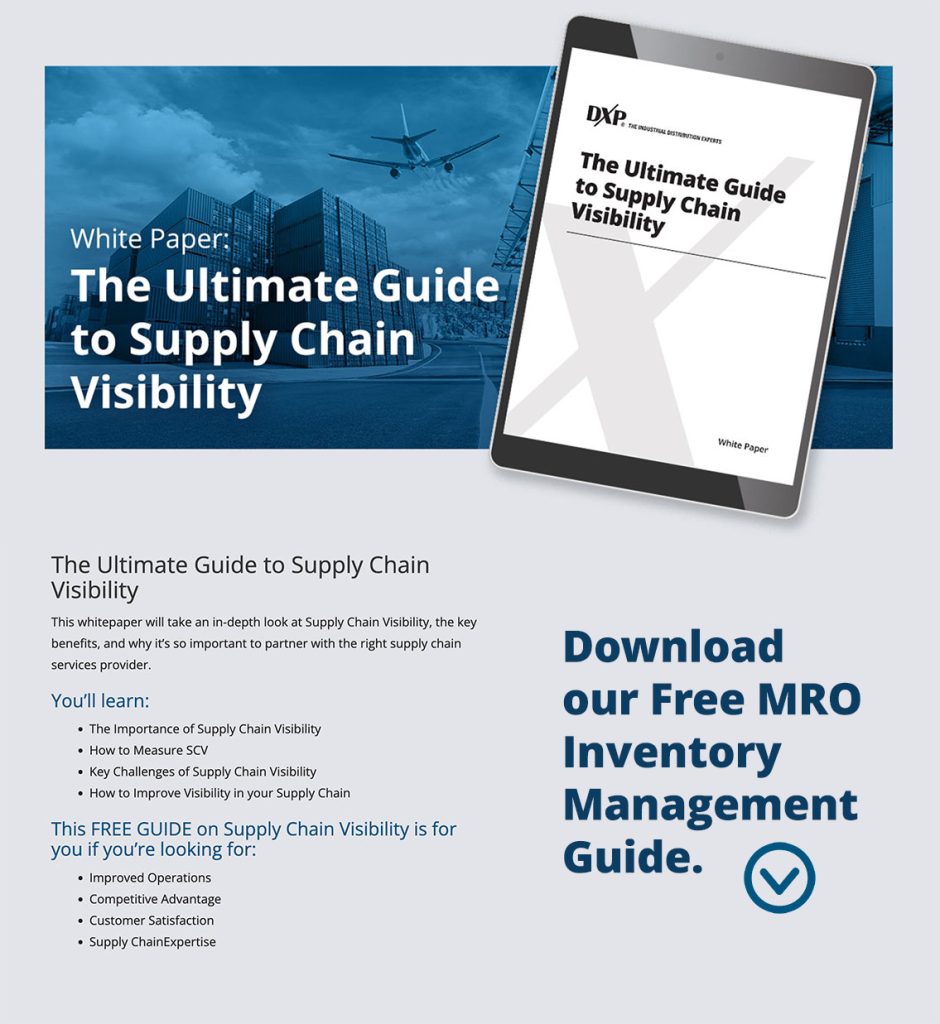
6 Major Benefits of Remote Machine Monitoring Systems
As the industrial revolution 4.0 continues to advance the adoption of web-connected devices to production equipment is becoming more common. The ability to have proactive early warning of potential machine failure allows the user to prevent potentially costly equipment failure, unplanned downtime, and the associated costs of breakdowns.
Deployment of web-connected proactive alarming devices allows users to deploy the right personnel with the correct parts based on actual machine conditions based on real-time. This allows the most effective use of limited maintenance staff and personnel can be deployed to address machinery without the continuous “fire drill” approach.
In this article, we consider some key reasons why companies that implement remote monitoring systems stand to gain a competitive edge over their rivals.
What Is Remote Machine Monitoring?
Remote machine monitoring involves the use of sophisticated sensors mounted directly on the rotating equipment that are connected to the web and are transmitting machine health data to the web 24/7. This data can establish trends and alert users on the system if a vibration/temperature threshold has been exceeded. Once the staff has been alerted to a situation, personnel can be assigned to take appropriate action.
Remote machinery monitoring and management systems can be set up to work independently with minimal input from human operators once properly installed.
Where Can Remote Machine Monitoring Be Implemented?
Traditionally, remote machine monitoring was restricted to industrially applied Supervisory, Control, and Data Acquisitions (SCADA) systems. More recently, the benefits of remote condition monitoring include the following industries.
- Power generation
- Material fabrication and refining
- Wastewater treatment and redistribution
- Oil and gas pipeline monitoring
- Space station equipment monitoring
- HVAC automation
Benefits of Remote Monitoring for Machinery

There are many advantages for users who opt for remote monitoring of their equipment. Once installed, the oversight functions of the system will boost productivity as well as enhance overall process efficiency.
Decreased Cost of Ownership
With the incorporation of remote continuous and proactive monitoring systems on installed equipment, end users can save on the overall cost of purchase, installation, and maintenance for both hardware and software components of assembled equipment.
In conventional settings, routinely scheduled maintenance and routes might not efficiently predict system failure, require many man-hours, have major safety implications, and more often will not detect human error or process upsets leading to excessive repair costs and downtime. With continuous remote monitoring, maintenance staff will be able to accurately determine when specific equipment needs to be investigated or system checks are required and implement them accordingly.
Reduced Downtime
One of the major problems that businesses seek to avoid is equipment downtime. The negative effects of downtime include loss of potential revenue, increased cost of unplanned repairs, and diminished client trust due to failed deadlines. Further, downtime can affect employee morale and efficiency as their ability to perform their jobs is hampered.
Implementing continuous and proactive remote machine monitoring will allow equipment users to monitor equipment continuously from the moment of installation. The surveillance system enables rapid diagnostics, automatic recalibrations, and effective manual maintenance, thus preventing total process shutdown/downtime.
More Efficient Operations
With process surveillance and equipment automation, production efficiency can be significantly improved. Data collation and interpretation can prove to be a tedious task that is error-prone even with the most dedicated of workers.
Remote maintenance and monitoring systems can easily perform cumbersome data collection tasks requiring teams of human workers. As a result, production operations will move at a faster more efficient rate. Additionally, the manpower freed from tedious inspection and data crunching can be redirected to other equally important aspects of production.
Improved System Security
A very critical concern to businesses that incorporate IT in their models is cybersecurity. All companies must take adequate measures to protect sensitive data and systems from malicious cyber-attacks. The implications of security breaches can be seriously damaging to business owners both in terms of reputation and finances.
Installing continuous remote monitoring devices that are not connected to the IT infrastructure allows constant surveillance without the fear of cyber threats. All data posted to the cloud is encrypted for enhanced security and is only utilized for alarming and alerting users of machinery condition, not operational control of the equipment. Alerts can be sent to human operators via SMS, email, or software alerts to take appropriate actions.
Proactive Maintenance (Instead of Reactive)
Another key benefit of remote machine monitoring is the proactive nature of interventions it affords operators. When compared to traditional equipment monitoring and maintenance protocols, the added benefit remote surveillance technology offers in this regard is self-evident.
While conventional monitoring might only discover and correct some machinery failures on total system shutdown, data from remote monitoring systems can be used to predict future system failures before they occur. This facilitates a proactive approach to equipment maintenance. Alerts sent in forms of emails and SMS notifications allow operators to intervene before equipment failure worsens.
Valuable Performance Insights
The use of remote monitoring software allows operators to gain useful insight into how well their machinery is performing. Data collected by monitoring software can be reproduced electronically as graphical readouts showing equipment performance over given periods. Consequently, weekly, monthly, or yearly representations of equipment performance can be used to streamline decision making, and therefore improve the overall production process.

DXP Has Sophisticated Remote Monitoring Solutions for Industrial Users
DXP provides customized solutions to a wide range of industries including aviation, oil & gas, chemical and petrochemical, agriculture, food and beverage, and other general industrial and municipal markets. DXP also offers its clients, smart remote monitoring technology, like our remote pump monitoring system – Predict Plus.
Contact DXP online today to learn more about our products and services. For companies seeking to make their production processes more effective, DXP is the right fit.

